Prologue - Surprises Passing through security in the Karachi airport is different for a woman than it is for a man. This is true, I believe, in most airports in the Muslim world, but my first experience of it was in Karachi. Men place their bags on the nearest conveyer belt and continue through a typical open-frame metal detector. I think I attempted to heave my carry-on bag onto that belt at first, since there were very few people there and I had no reason to think this was a men-only line, but I was soon directed to a separate and less obvious line for ladies. The luggage conveyor belt looked the same as the other, but the metal detector leads directly toward a curtained cubicle, where all women must be privately inspected. A female security officer held open the curtain and beckoned to me as I passed through the metal detector. She was wearing a smart uniform that includes a dupatta over her hair, beneath the hat and tucked in place at the shoulders. I obeyed, and she swiftly closed the curtain behind me. In that moment I couldn’t help but think of the purdah, with all its complex associations. The women’s security check could perhaps be called a miniature purdah. Inside that room, the woman used her wand device to check under my arms and around the edges of my clothes. Given the often loosely flowing garments worn in this part of the world, it is easy to see why this sort of check is prudent. But her attitude was gentler than what I’m used to from Western security checkers, who are trained on high alert and treat each passenger as a likely threat, whether they be men or women. But this woman treated me with a sort of collegiality, like a fellow woman, almost as if she were performing a service rather than forcing an inspection. She asked where I was flying, and smilingly sent me on my way. The whole thing took only a few seconds, and as I left I was surprised to think how pleasant it actually was. My first instinct had been to think it was a bit silly or maybe even degrading to be sent to a separate line and treated differently from male travelers, especially since it necessitates a longer procedure. But the effect was not a feeling of being belittled or made to feel second-class. As she lifted the curtain for me to leave the little room, I felt that I had actually been given a strange privilege. And along with that was a feeling of surprise which has accompanied so many of my discoveries about women’s lives in Sindh, which have so often defied my expectations. It has been in my mind since the beginning of this blog project to write an entry about women in Sindh. Questions about women’s lives, opportunities, hardships and advantages, have been asked me more than perhaps any other topic, and I have probably spent more time pondering these issues than any others. So why have I so long avoided the actual writing of it? I will admit to a certain degree of cowardice. The subject is simply so vast, so nuanced, and so sensitive. I think most people will agree with me that there is no simple answer to the question, “what are women’s lives like in Sindh?” Nor yet is there a clear answer to the question, “where are women better off: in America, or in Sindh?” I cringe at having to give a glib answer to these questions, and so I often avoid it--but the reason is not a lack of thought on the topic. The reason for my hesitance is that I care so much about the question, and it is so weighty, that I have never wanted to treat it superficially. I will not be able to avoid speaking in some broad generalizations, but I will try to temper them with careful consideration. For the world is full of exceptions, and there are unexpected realities in all the different levels of society. In fact, the expectations placed upon women, especially daughters, have given me some of the greatest challenges during my time in Sindh. It has been a challenge not only to attempt to conform to these expectations, but often a challenge even to learn what they are. And what can be more embarrassing than to discover after the fact that you have behaved inappropriately, simply because you didn’t know what was expected? Sindhi people are forgiving of these errors, fortunately, and I think I have caused no major catastrophes. People often pose the question to me of which country is better for women, Pakistan or the USA, as if this would be easy for me to answer in a few words. But I cannot make that call without deep pondering, and perhaps cannot make it at all. What is “better” perhaps comes down to the individual woman and her temperament. But there are two broad statements which I can make with confidence, and perhaps those will help me to build some more specific arguments. The first statement is that, as a woman, I unquestionably have more freedom of movement and of choice in the USA. For those who value freedom above all else, the USA is clearly the better place for a woman to live. I will speak more of what I mean by “freedom” in the paragraphs to come. But I must say first that, at least in my view, freedom is not the only blessing a woman may enjoy. And there are certain honors, luxuries, and beautiful relationships that can grow in a society like that of Sindh, and which do not thrive in America. And my second broad statement is that, to my mind, the societal construct concerning women and the segregation of women from men is the most powerful social force at work in Pakistan, for good and ill. I. My own early life, for comparison |
Image at top left is a digital
portrait by Pakistani artist Imran Zaib, based on one of my own photographic self-portraits in Thari dress. AuthorCurious mind. Archives
September 2020
Categories |
emily s. hauze
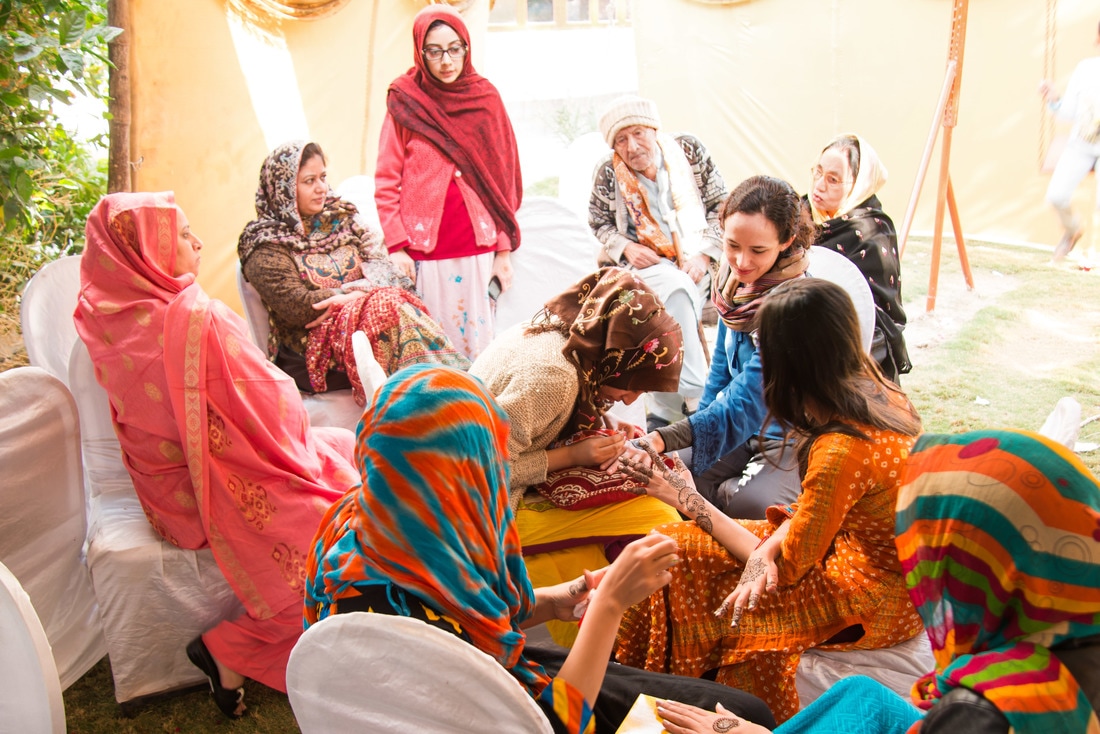
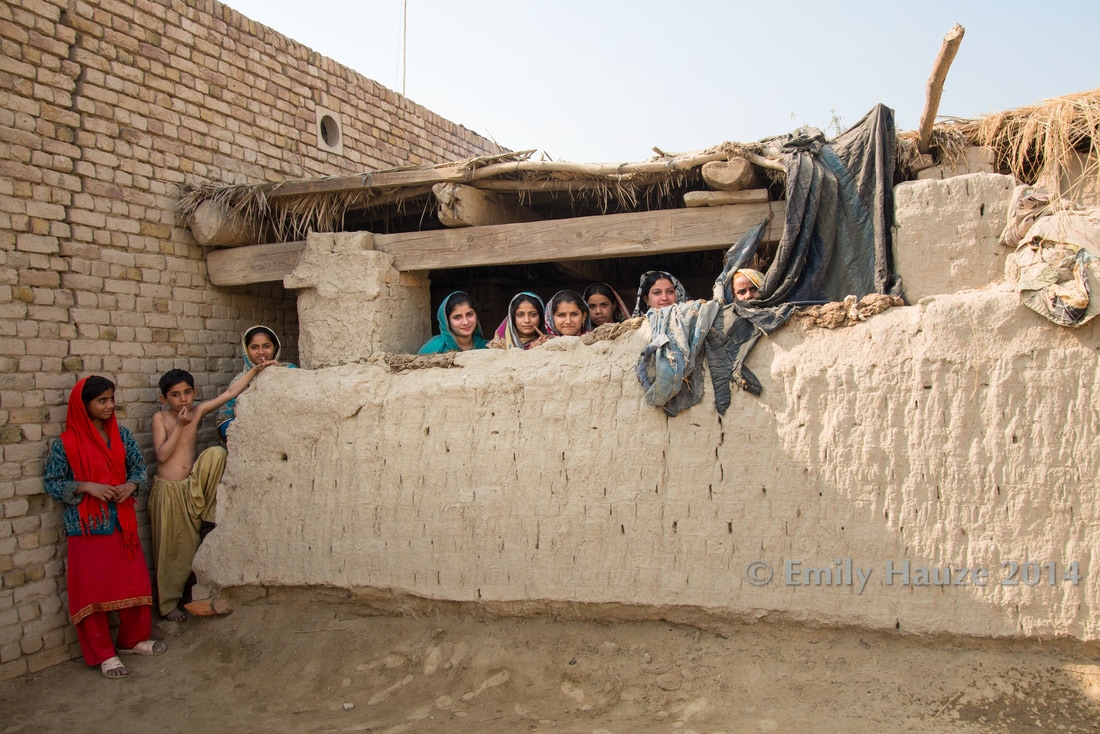
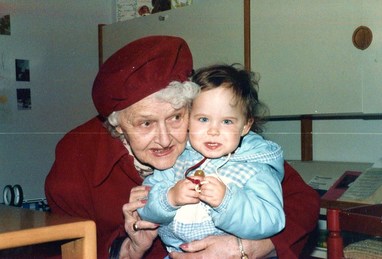
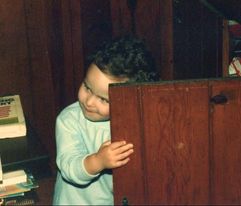

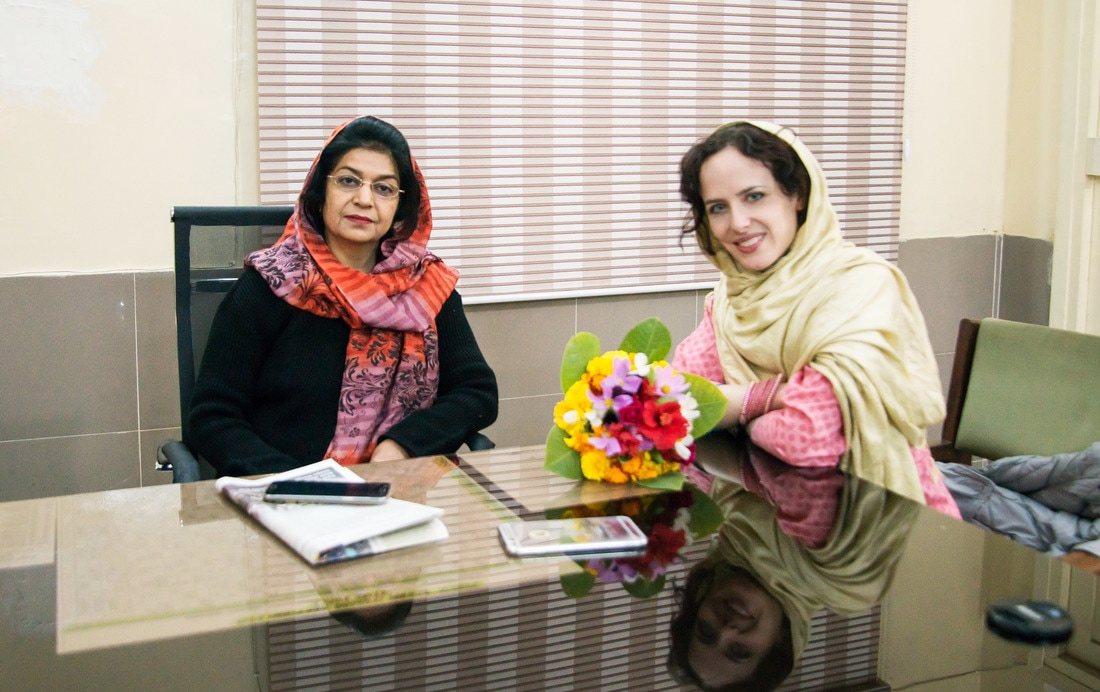
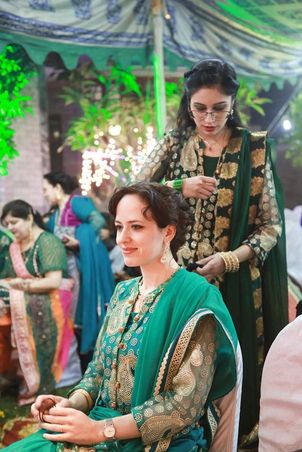
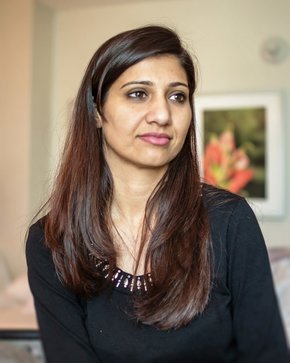
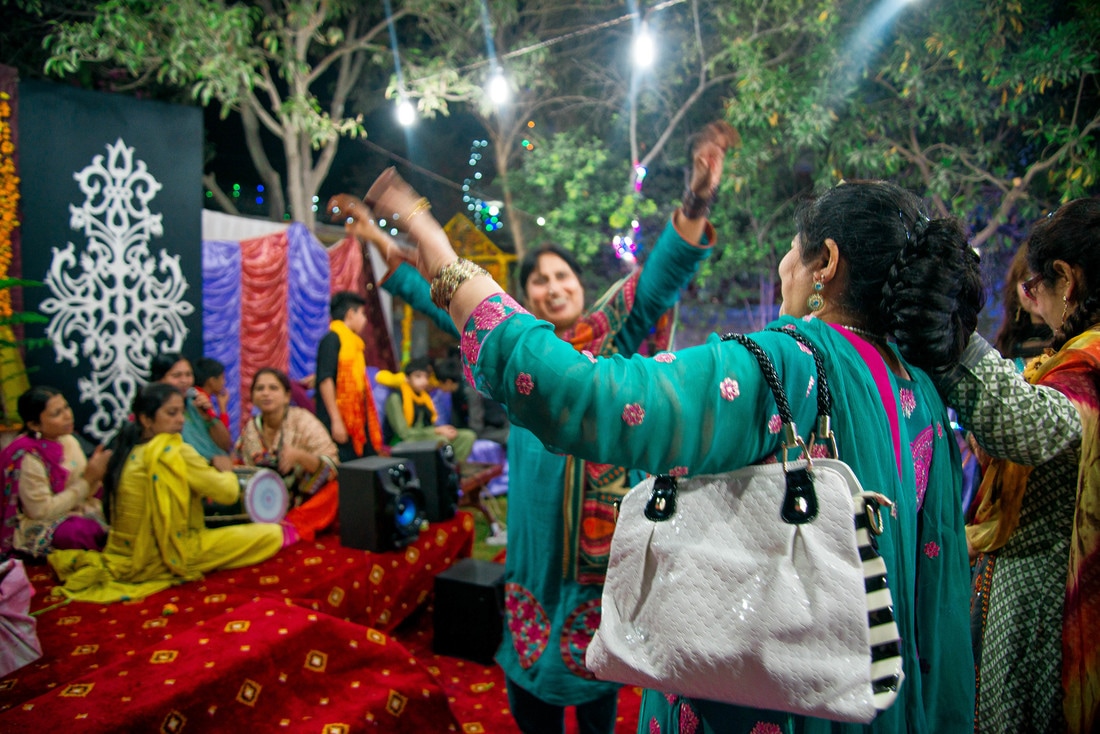
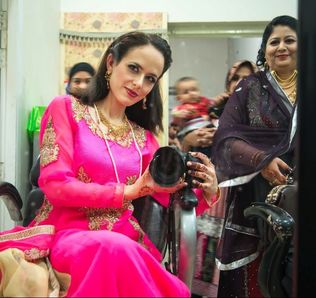
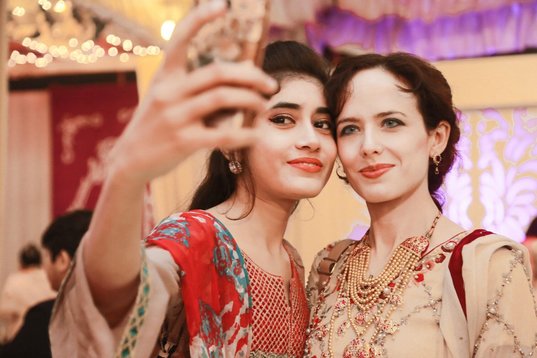
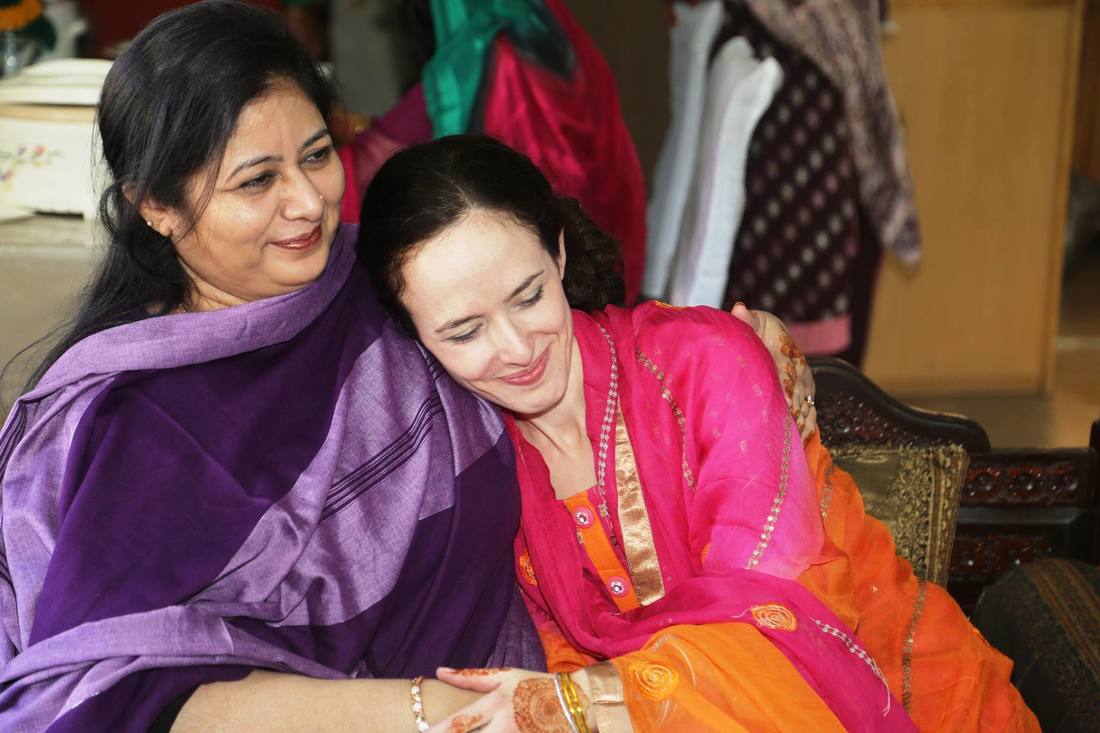
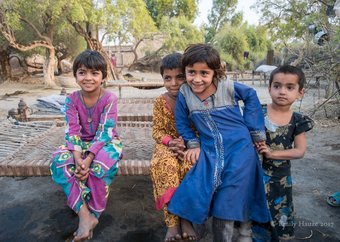
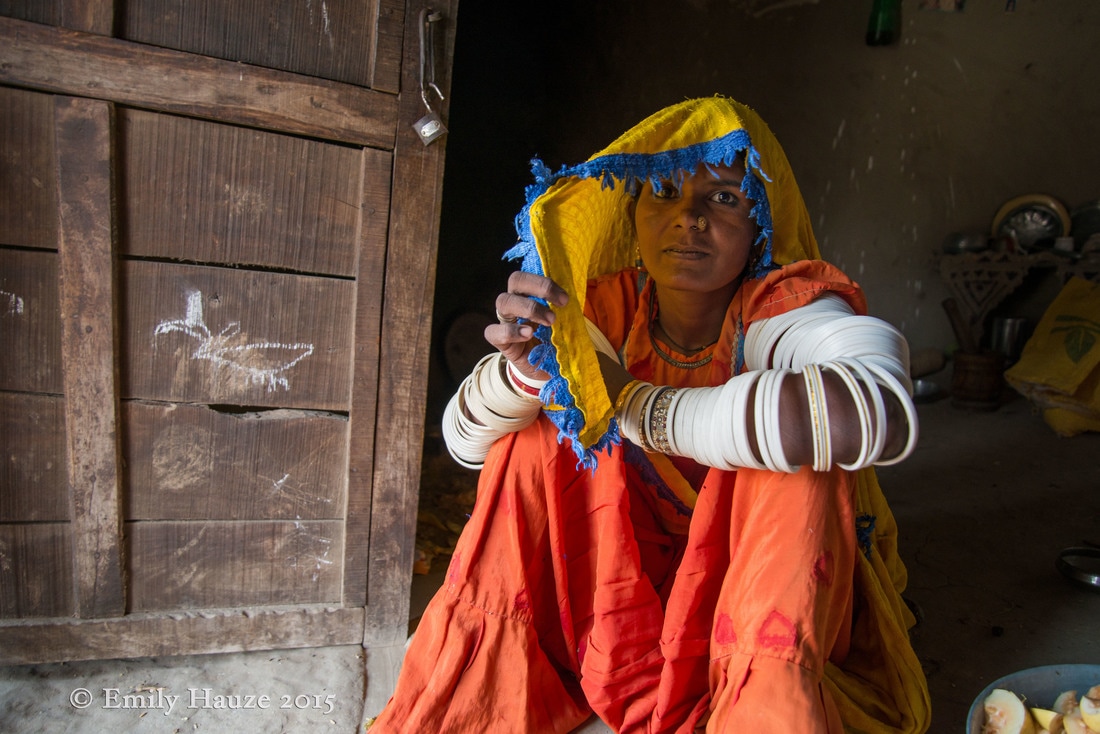
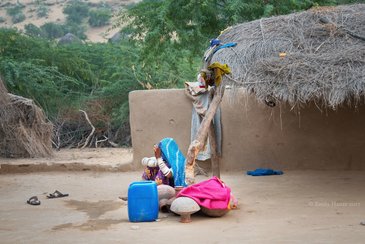
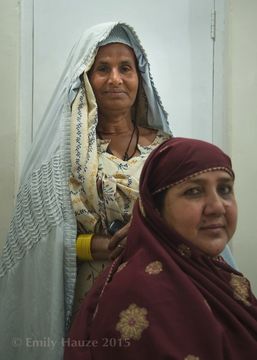
 RSS Feed
RSS Feed
